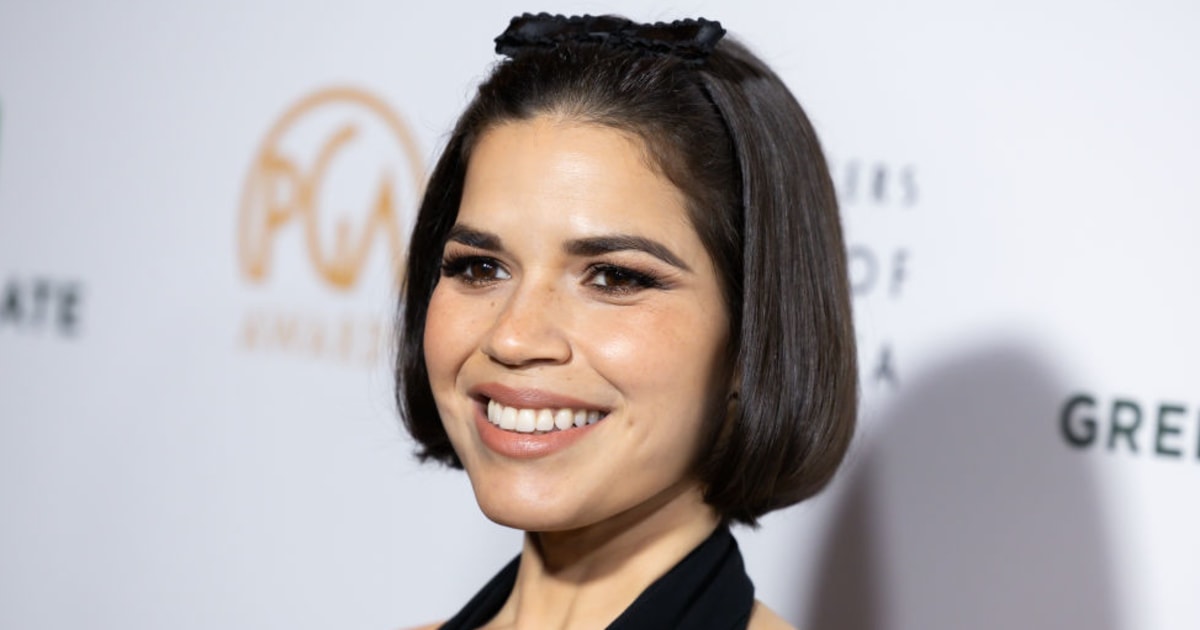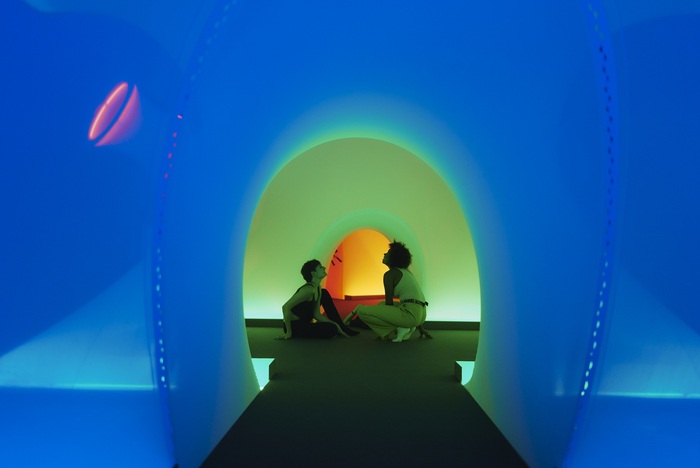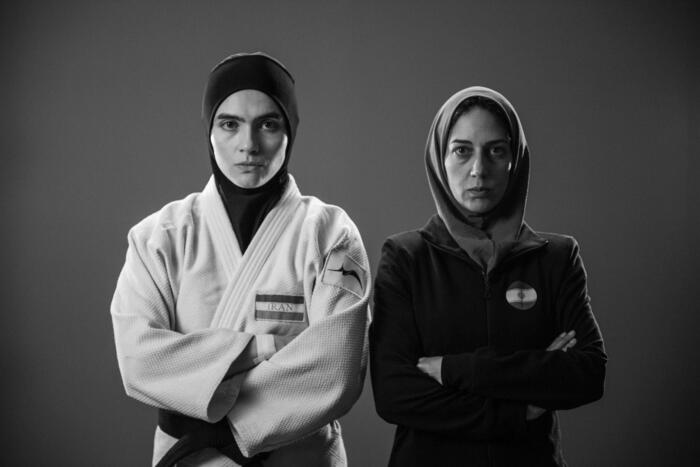The work 'Colored China Rags', by the artist Juana Valdés Spinello Projects
When the Puerto Rican anthropologist Arlene Dávila recently asked an art dealer what he meant by Latin art in the United States, he replied: “I think of the
ghetto
, Washington Heights or the Bronx, or the lady who cleans the house. "
Later, when he asked art curator Pilar Thompkins Rivas how people in the art world understand Chicanos, she admitted that in that elite market they are seen "as the children of the people who are their servants." '.
Latinos in the United States are approximately more than 60 million people, and more complex than these stereotypes reveal, as the elections revealed: the realities of the Chicano in California have little to do with that of the Cuban in Florida.
Despite their diversity, they are the largest minority in the United States and there is a space in the art world that has not yet opened the door to them, partly because of these stereotypes: the world of large museums.
Two new books —a study by the anthropologist Árlene Dávila and the memoirs of the Colombian art curator Carolina Ponce de León— speak this year, from two very different corners, about the same void in the art market that has been significant for artists. Latino artists.
“These are artists who have been central to America's artistic vitality, even though they have been eclipsed from its history.
They are the most absent from most museum collections and commercial gallery circuits, ”writes Dávila, a professor at New York University, in her new book
Latinx Art
(Duke University Press, published in July in English) .
Latinx artists, the key category in Dávila's book, are not Latin American artists who have migrated with privilege and patronage to the United States, and who prefer to identify with their country of origin than as Latinos.
Latinx, in the book, refers to those Latino migrants who have been living in the US for so long that they no longer have “national privilege”: they do not have the support of their countries of origin, they recognize themselves as Americans, but they are a minority discriminated against in the northern country.
"Nobody is born Latinx," explains Dávila to EL PAÍS.
"This is a social category that is the product of socialization, racialization, but also solidarity between them."
A survey published in 2018 by the Mellon Foundation revealed that, although the number of Latino employees has increased slightly at museums, only three percent of them are in leadership positions.
Another study published a year ago on diversity in cultural positions in New York City - the capital of museums - revealed that Latinos, who represent a third of the city's population, have only 11% of the positions in the world of culture.
This lack of opportunities translates, Dávila argues, into a lack of representation in the art market.
"Latinx art has historically had less institutional support," he writes.
Beyond the figures, which do not tell the whole story, in his book Dávila interviews dozens of curators, art patrons or artists who reveal the toxic stereotypes that persist in the art market.
But it also reveals how these stereotypes have economic consequences in the art market.
When Dávila interviews one of the few collectors who focus on Chicano art, he tells him that this art is sold at a much lower price than others in the contemporary art world with the same trajectory: he sold a painting by Chicano artist Gronk, La Tormenta, at $ 65,000, a price much less than the 250,000 a similar painting would be worth in the contemporary art world if it were not by a Latino artist.
The art of Latin America, on the other hand, is better positioned within the United States market.
Not only that of the great powers of Latin American art (such as Mexico and Brazil), but even that of small islands such as Cuba.
When Dávila interviewed a Cuban collector, he explained that his union does not buy the art of Cubans who have grown up in the United States, but that if the artist lives on the island, they buy it without thinking.
"They want to buy a story, but not a story that comes from the United States," says Juana Valdes, an Afro-Cuban-American artist in Miami and New York, whose works address the issue of racism in the United States and the Caribbean. Valdes recounts to EL PAÍS that, among the collectors who are more interested in her art, there are more African-Americans than Latino collectors. "I don't think the art world understands what Latinx art is," she told Dávila. For her, in that market , "Latin American art" equals "South American white version" of art.
Latin American art has had a
boom
in museums in the north since the late eighties and early nineties, partly thanks to the boom in international art fairs promoted by the governments of the south (ArteBa de Buenos Aires since 1991; ArtBo in Bogotá since 2005; ArtRio in Rio de Janeiro since 2010; Art Lima in the capital of Peru since 2013).
A small number of patrons, moreover, have given more priority to artists exhibited in museums in the South than to those who work in Latino communities in the United States.
Two great patrons that Dávila points out are Patricia Phelps de Cisneros - wife of the millionaire Venezuelan businessman Gustavo Cisneros - who has been on the board of the Museum of Modern Art in New York since 1992 and who has donated hundreds of paintings by Latin American artists;
and Estrellita Brodsky, a Uruguayan-Venezuelan who, together with her husband, millionaire Daniel Brodsky, have increased the collection of Latin American art at the MoMa or the MET.
"It's great that many Latin American artists come to the United States," says Dávila. "But the world of contemporary art is very exclusive too and the issue here is, how does Latinx art, which speaks of exclusion and elitism in the United States, can you help us decolonize the art world? "
The Latin American curator at the Latin museum
One of the people who knows the two markets from within is Carolina Ponce de León, a famous Colombian curator who began her career in Bogotá and later worked in the United States for almost 20 years.
Her new book,
So many turns to get home
, published by Planeta in September, is an autobiography that talks about her intimate and professional life: her work with artists such as Beatriz González or Doris Salcedo before they reached international fame, and his years in the art world in New York and San Francisco when the art of Latinos was overshadowed by that of Latin American artists.
When she arrived in the United States in 1994, the
Latin American art
boom
was on the rise.
"The commemorations of the V centenary of 1992, with exhibitions such as Ante América, had represented a catalytic moment for Latin American art," he writes in his book.
Northern auction houses wanted art that came from the south of the continent, and the investment of large capital from Brazil and Mexico fueled the
boom
of artists from Latin America.
"By the late 1990s, annual sales of Latin American art at Christie's totaled more than $ 27 million, confirming that Latin American art had become a luxurious cultural export product."
But Ponce de León, after a very short time at the Puerto Rican Museo del Barrio in New York, went to work at Galería La Raza in San Francisco, a space with a smaller budget and dedicated to Chicano art.
“He had an aversion to the homogenization of global art and to participating in processes where art was used as an instigator of capitalist appetite,” he writes.
"Instead, I appreciated the Gallery's modest scale, its independence from the circuits, its local and micropolitical character."
The Gallery was less interested in priceless Mexican art than in creating something entirely new with Latinos within the United States.
"Latin artists do not have great collectors who can value their work," Ponce de León explains to EL PAÍS, in accordance with Dávila's results.
"They come mostly from the working class and they don't have the legitimation infrastructure that Latin American artists have."
The Gallery was funded by donations from Latino communities and the support of artists and activists from San Francisco, Los Angeles, and Sacramento.
"Latin art is more rooted in a history of social activism," adds Ponce de León.
Her first curatorial exhibition with various Chicano artists on racism and stereotypes against Latinos in the United States was called
Amigo Racism: Mickey Mouse Meets the Taco Bell Chihuahua
.
“He had a positive review, and the author said something like 'if you think
identity politics
killed art, come see this exhibition', to see that it was not true,” recalls Ponce de León.
"For me that was revealing, because it was clear that there was a prejudice against these new forms of art."
Both Dávila and Ponce de León are skeptical of small changes that have occurred in recent years to include Latino artists in the world of American culture.
In March of this year, for example, the mayor of New York hired Gonzalo Casals as Commissioner for Cultural Affairs, an Argentine queer and migrant activist who actively wants to change the dynamics of the sector.
“I want to give opportunities to people like me;
migrant communities, queer communities, Latinx communities, ”he told
The New York Times
.
The powerful Whitney Museum also decided to hire Marcela Guerrero as its first Latinx curator in 2018, who kicked off her curatorship with a moving exhibition (“Pacha, Llaqta, Wasichay”) focused primarily on migrant artists who connect their works with art. Quechua or Aztec indigenous people.
"I am very skeptical of these symbolic changes without structural transformations," says Dávila.
"I'm afraid that all this conversation that has taken place in museums about diversity is just that, conversations."
Without collectors or patrons of art for Latino artists in the United States, without curators who can invest to diversify their museum collections, a temporary exhibition can end up being just that: a salute to the flag.
"Museums want to give space to other identities," insists Ponce de León, "but at the same time museums do it with a lot of skepticism about the true intention, and about how to generate deep, structural changes."
Juana Dávila, the Afro-Cuban artist, is a bit more optimistic. "Look how long it took for African-American artists to get to where they have gotten [in the art market], and that didn't take three or four years," she says. "But at least we are leading this conversation right now, right now."








/cloudfront-eu-central-1.images.arcpublishing.com/prisa/G25QJTMEVNDTJGXURP4WWATSNM.jpg)





